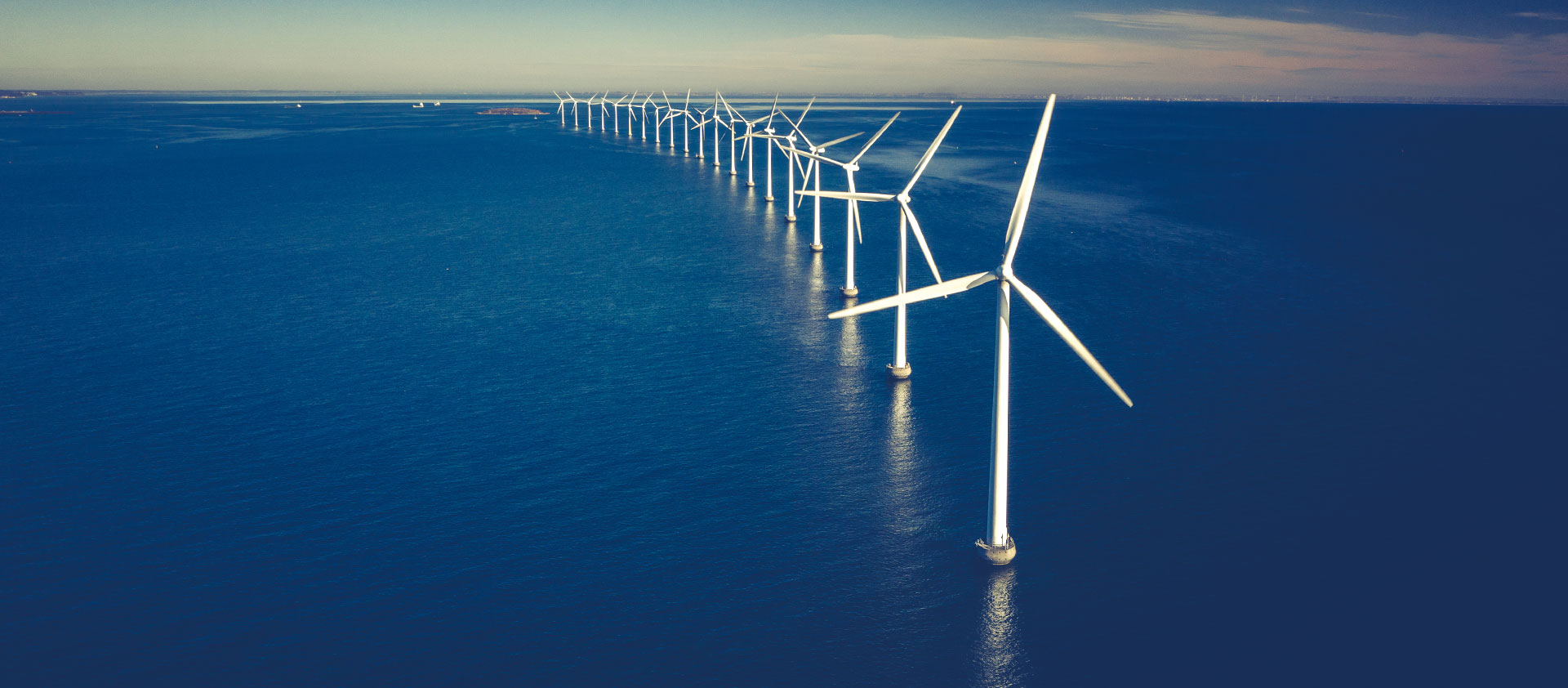Electricity/electrification
AER AGL Aluminium Batteries Battery Budget BYD CATL CBAM China Coal Critical minerals Decarbonisation Diesel DMO Election Electric Vehicle Electricity/electrification electrostate Energy crisis Federal Election Finance Sector & Emissions Gas Green Iron/Steel Hydrogen India & Adani Methane Nuclear offshore wind Oil OP EDS Peter Dutton Podcasts Renewables Solar Tariff Taxes and subsidies US IRA/EU NZIA et al Wind
Australia Can’t Afford To ‘Sit Out’ Clean Energy Race
The Australian Financial Review
Real Estate Business | Are green buildings all that green?
___
ABC Drive Illawarra | A Uniquely Australian Opportunity
ABC Radio
Explainer: China’s dominance in wind turbine manufacturing
Reuters
Webinar: How to make money out of battery storage
Renew Economy
How Combet could supercharge the Future Fund’s role in the net zero economy
Capital Brief
China solar industry faces shakeout, but rock-bottom prices to persist
Reuters
EU launches 2 probes into China solar manufacturers
The Financial Times (UK)
OP ED | Solar Sunshot puts Australia in global cleantech race, and Liddell is the perfect venue
Renew Economy
Australia’s fossil fuel dominated grid to have hefty shadow carbon price, starting at $66 a tonne
Renew Economy
“We’re not trying to compete with China:” Why Australia’s Solar Sunshot is not a flight of fancy
Renew Economy
